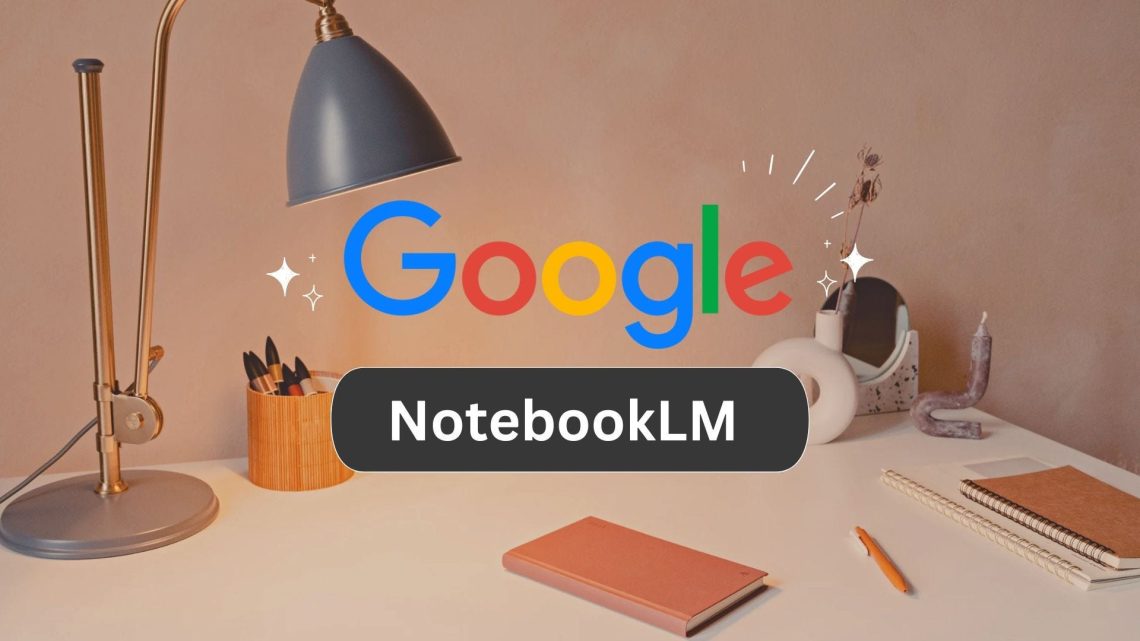AI Innovation

There are some amazing technology breakthroughs happening all around us. Have you heard of NotebookLM by Google? I added our two most recent blog posts into a Notebook and with the click of a button and a wait of about two to three minutes, I got this 10 minute podcast. Give it a listen: Want […]
How to Create a Conversion-Optimized Website

Your website is a critical tool in your marketing arsenal. We’ve seen firsthand how a well-optimized site can drive more traffic, generate leads, and ultimately convert visitors into loyal customers. But what makes a website truly conversion-optimized? Conversion rate optimization (CRO) is the process of enhancing your website to increase the percentage of visitors who […]
The Digital Marketing Strategies Every Business Owner Should Know

Last week I opened my mailbox and saw a blast from the past. It’s a phone book. An honest to god phone book. Well actually it is just the yellow pages. But still, I am fascinated. Businesses still pay to have ads in the yellow pages in 2024. This is a shotgun approach to marketing […]
Accelerate Growth with Google Ads: Your Path to Success!

Are you ready to take your business to new heights? Consider paid search as a way to jumpstart your sales process. Here’s how a strategic Google Ad campaign can connect you with your target market: Targeted Reach: Reach your ideal audience precisely. Google Ads allow you to target users based on demographics, interests, and online […]
Unleashing the Power of AI in your SEO campaigns!

In the ever-evolving landscape of SEO, Artificial Intelligence is the game-changer we’ve all been waiting for! Used properly, it can streamline processes, generate templates and get your first draft ready. How AI Transforms SEO: Smart Content Creation: AI analyzes user behavior to create content that resonates, boosting engagement and SEO ranking. Predictive Analytics: Anticipate trends […]
Staying Ahead in 2024: 5 SEO Trends To Pay Attention To

As we navigate the digital landscape, staying ahead in SEO is paramount. Here are five trends reshaping the SEO landscape for 2024: Voice Search Optimization: Voice-activated searches are on the rise. Tailor your content to conversational queries for a seamless user experience. I personally do most of my searches via voice these days. One of […]
Optimizing Paid Search Campaigns

Recently we’ve had several new customers with existing paid search campaigns come to us. As we have taken over these campaigns, we’ve come across a basic mistake that other providers make: failing to weed out negative keyword phrases. This is a pretty basic tenet that, when done diligently, helps ensure that your ads appear in […]
The Changing Face of SEO

Search Engine Optimization (SEO) continues to mature as a discipline and as it does, the things that one must do continue to change. Some of the work of SEO is quite straightforward and in fact the single most important thing you can do to boost your rankings is to have quality content about what you […]
The End of Cookies: Good Internet Marketing?
Pretty much everyone has heard of cookies. They are those (nasty?) things that track you on the internet, right? It’s just a part of internet marketing, yes? Well kind of. But they are also those nifty things that once you’ve logged in to a site mean that you don’t have to keep logging in. They […]
Video on Digital Marketing
Understanding how your web site fits with your digital marketing is the first step to having success with your digital marketing
